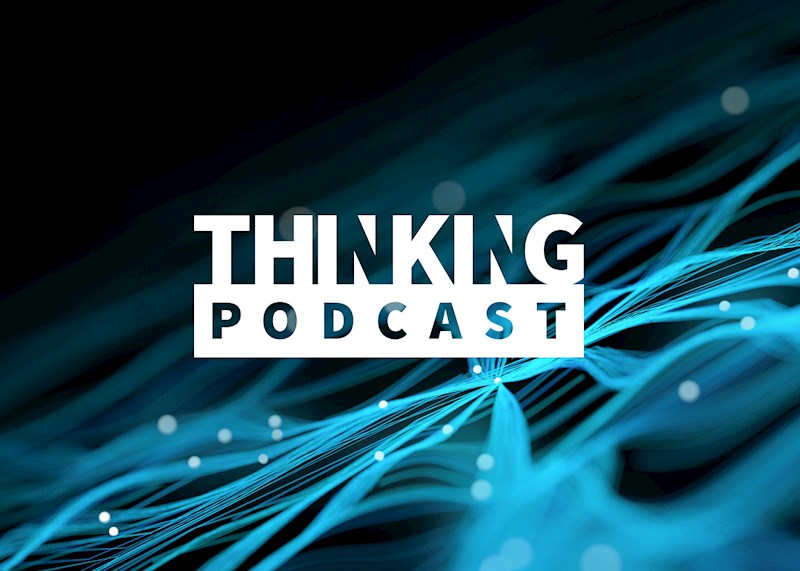As the rise of generative artificial intelligence (GenAI) reshapes the software landscape, large language models (LLMs) are emerging as a foundational layer, leveraging and creating vast amounts of textual data. Positioned at the infrastructure level, LLMs power GenAI capabilities across various use-cases, but true differentiation lies in how software vendors design user experiences, workflows, and integrations on top of LLMs.
In our third installment of Navigating the AI Boom, William Blair’s analysts explore the primary ways to monetize GenAI and its ramifications for the software industry.
Where do LLMs Fit Into the Application Landscape?
Continuing our conversation surrounding LLMs, it’s clear they are an important part of the application software landscape and a critical infrastructure component of GenAI apps. What differentiates software vendors at the application level is workflow, user experience, functionality, integration, and ease of use. While our analysts believe that LLM vendors will inevitably aim to move up the stack to the application layer, history suggests the success rate is likely to be low. Infrastructure providers are well equipped to build tools for developers and IT teams, but they struggle to cater to knowledge workers and often lack domain expertise in the end-markets they’re selling into. Bottom line: LLMs themselves aren’t applications that end-users can deploy, especially in the enterprise. As such, they should be viewed as the foundational element of a GenAI application but not a substitute for the application itself.
Consumer Versus Enterprise
The number of GenAI companies emerging for specific use-cases continues to grow. Our own analysis of the business models of 30 different AI companies revealed that 28 currently operate under a “freemium” business model, meaning the AI service is offered for free to a limited extent and charges for premium features. We believe this is a promising strategy for many of these early-stage AI developers, as they can scale their user base through brand and performance marketing while innovating their product and increasing the share of paying users over time.
On the enterprise side, we see four primary ways to monetize GenAI:
- Add-on pricing: Customers must buy a separate and distinct AI product from the core subscription
- Embedded pricing: AI capabilities are embedded into the core product, and users who are subscribed can access them
- Token-based pricing: Customers buy specific tokens they can use for AI use-cases
- “A hope and a prayer:” There are some software companies that have decided to embed GenAI capabilities into their offerings for free with the goal of gaining an edge over competitors and to take share
Essentially, we believe software companies have pricing power over the long-term, as they’ll be the enablers of automation and labor cost displacement. However, the transition to introducing a usage-based component to the pricing model creates an unknown variable for software models. With price discovery still in process, it will be interesting to see monetization take multiple forms.
Killer App: Yes or No?
A killer app is practically ubiquitous software, and it has become the core value of larger technology; the closest example of a killer AI consumer app today is ChatGPT. On the consumer side, we’re seeing rapid adoption across areas like search, advertising, and content creation. On the enterprise side, we don’t believe there will be a single GenAI app that dominates the landscape. Instead, there will be many different applications for different roles, processes, and use cases. We expect to see signs of a steady increase in the adoption and monetization of enterprise GenAI applications in 2025. However, it’s still in the early days, and we believe broad and scaled adoption will occur over time as businesses become more comfortable with the new technology and tackle barriers to adoption, such as privacy, security, and change management.
Considering the Software Industry
With GenAI adoption and monetization on the minds of practitioners, consumers, and investors alike, software business models may need to evolve first to keep up with AI. The traditional seat-based subscription model is likely not the future. In the coming years, we will likely see software models evolve to become more consumption- or value-based. While this transition may cause some near-term volatility in financial performance, we do not consider this the death of software. Instead, it’s simply a pricing model evolution that most vendors understand they need to embrace.
Navigating the AI Boom Series
As GenAI continues to mature, success will depend on thoughtful integration, user-centric designs, and flexible business models that can adapt to a rapidly changing landscape.
To learn more about our AI findings, explore our first two installments in Navigating the AI Boom:



